K.C.S.E Physics Q & A - MODEL 1999PP2QN07
a) Figure 7 shows a photoelectric cell cirucuit:
The intensity of the light can be varied.
i) Describe how the circuit may be used to show how the current I varies with the potential difference V across the cell. ii) Sketch on the same axis graphs of I versus V for three different values of light intensity E1E2 and E3 such that E3>E2>E1 b) Using a circuit similar to the one in figure 7. with the polarity of the batteries reversed, the frequency, of the light was varied at constant intensity. For each frequency, the potential difference was varied until the current was equal to zero. The value of this voltage, Vco was noted. The graph in figure 8 shows the relation between Vco and the frequency , of the incident light.Feom the graph, determine the: i) Value of planks constant, h (charge an electron e = 1.6 x 10-19Colubomb) ii) Work function, of the cathode surface of the cell . (Give your answers to 2 decimal places.)
answers
0 Comments
K.C.S.E Physics Q & A - MODEL 1999PP2QN06
a) Explain the following observations: ice cube float on water and solid benzene sinks in liquid benzene.
bi) You are provided with the following: An overflow can - A beaker -A spring balance A metal block -Water and - String Describe an experiment to verify Archimedes principle. ii) A block of wood weighing 2.0N is held under water by a string attached to the bottom of a container. The tension in the string is 0.5N. Determine the density of the wood. ci) Define half – life of a radioactive material. ii) Figure 6 shows a graph of the variation of the number of atoms of a certain radioactive material with time. Figure6: Determine the half – life of the material K.C.S.E Physics Q & A - MODEL 1999PP2QN05a) A circuit consists of a battery, a metal wire, an ammeter and a switch connected in series. The switch is closed and the ammeter reading noted. The metal wire is now heated. State the observations made on the ammeter reading and give a reason for your answer.
|
CATEGORIES
Categories
All
Topics
FORM I - PHYSICS SYLLABUSFORM II - PHYSICS SYLLABUSTOPICS
FORM III - PHYSICS SYLLABUSFORM IV - PHYSICS SYLLABUSARCHIVES
RSS FEEDS
AUTHOR
M.A NyamotiMy passion is to see students pass using right methods and locally available resources. My emphasis is STEM courses
|
We Would Love to Have You Visit Soon! |
Hours24 HR Service
|
Telephone0728 450425
|
|
8-4-4 materialsLevels
Subjects
|
cbc materialsE.C.D.E
Lower Primary
Upper Primary
Lower Secondary
Upper Secondary
|
teacher support
Other Blogs
|
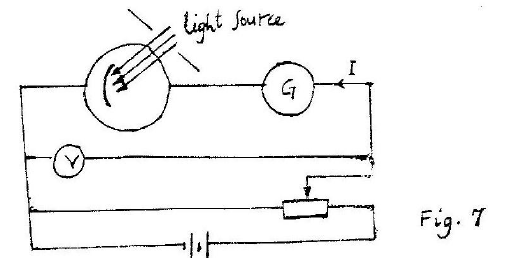

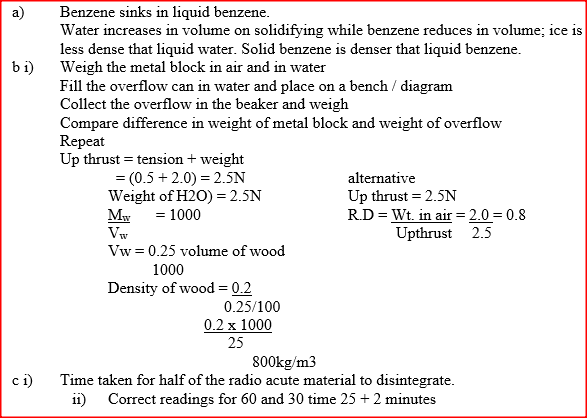

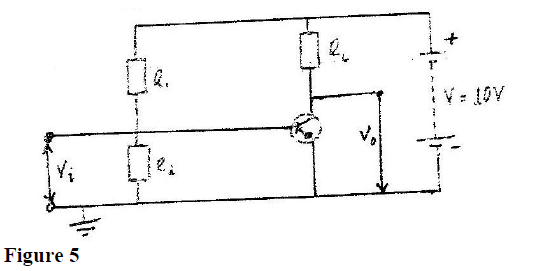
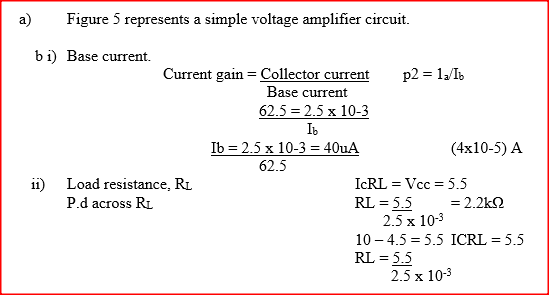


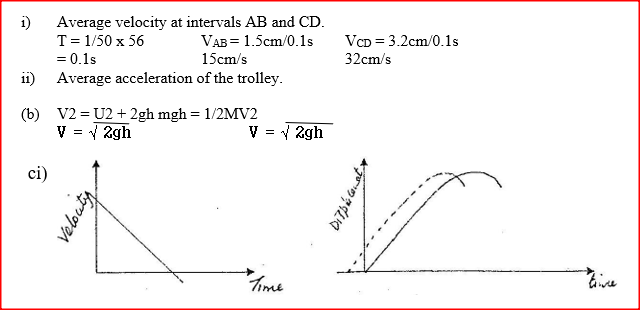
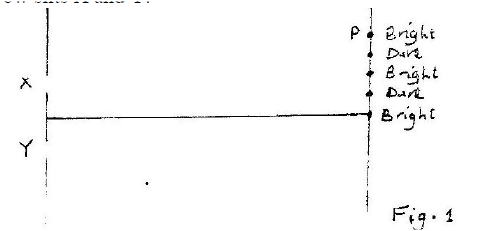
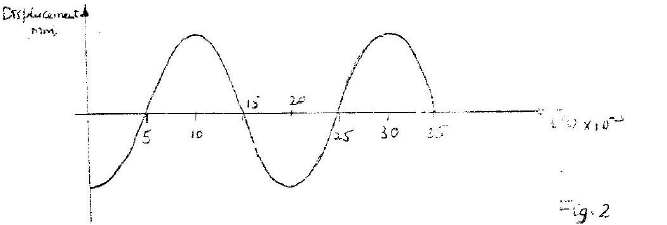
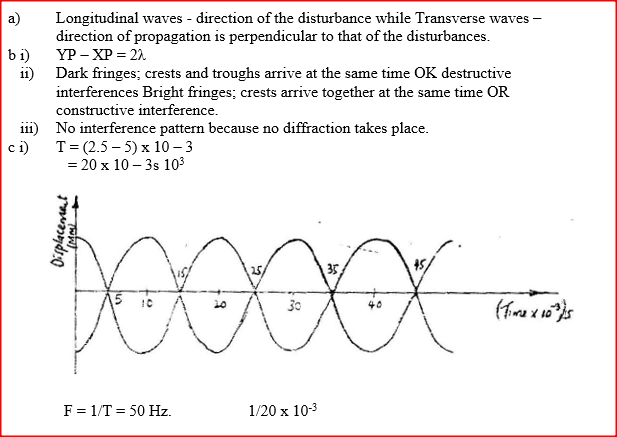



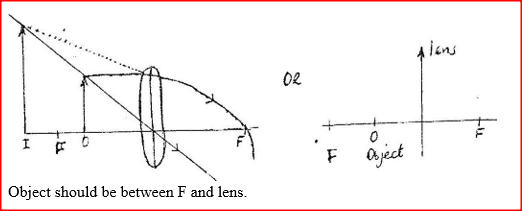
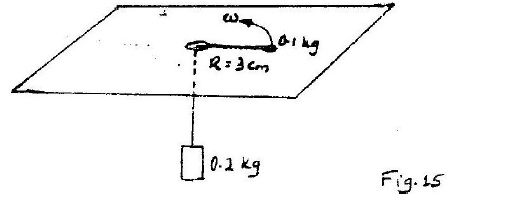


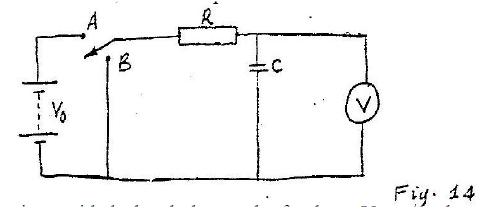
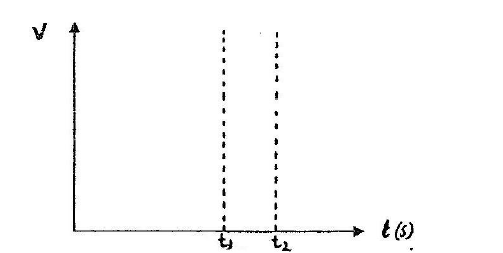
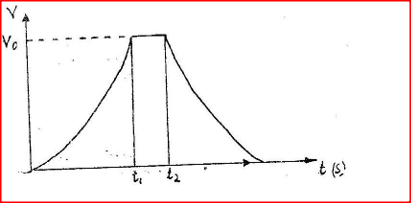
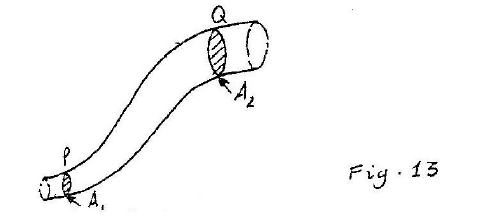


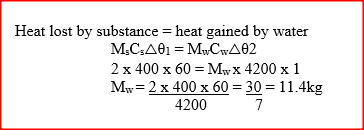


 RSS Feed
RSS Feed